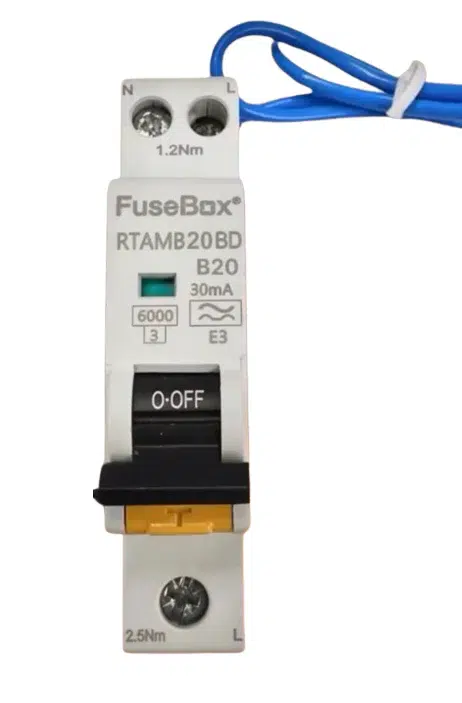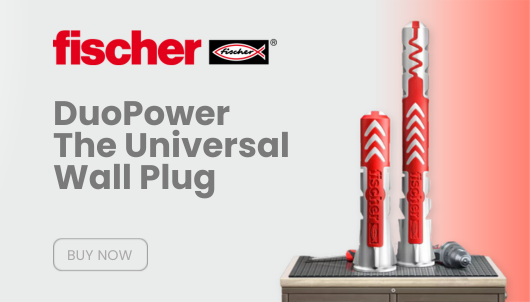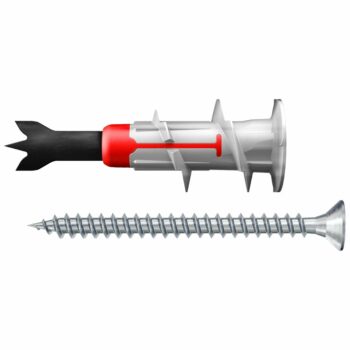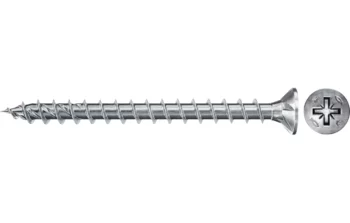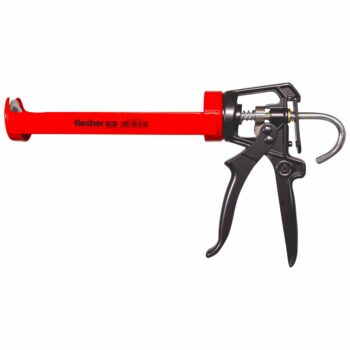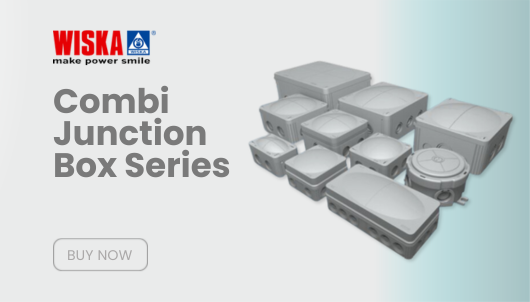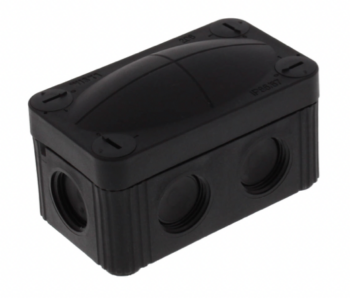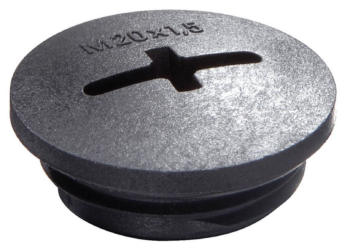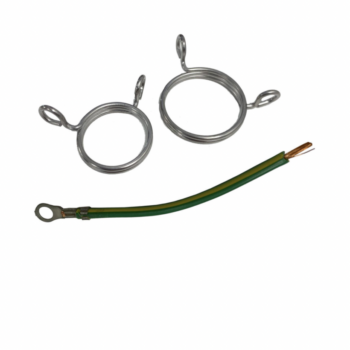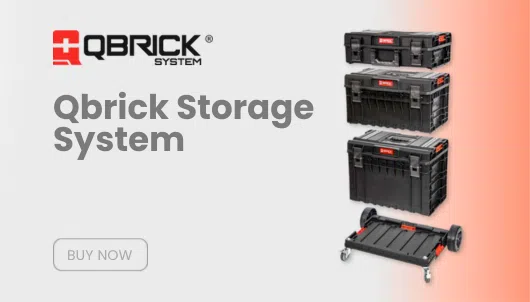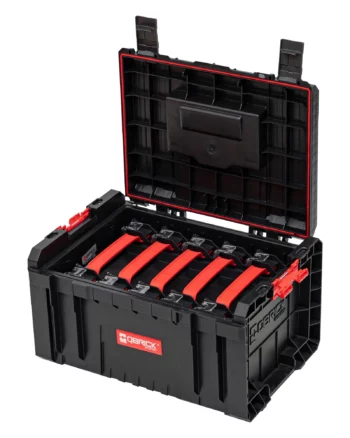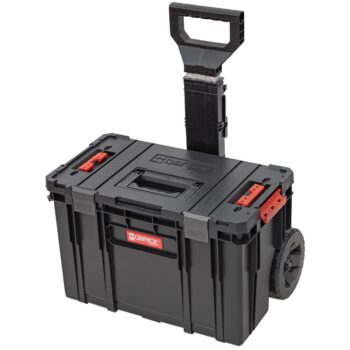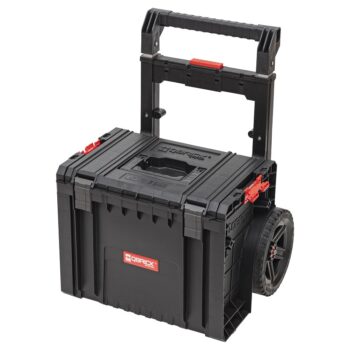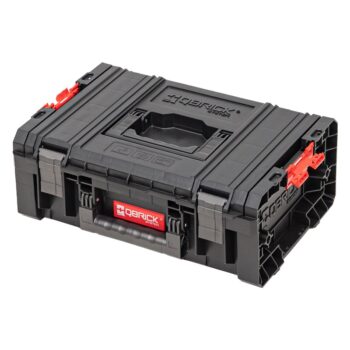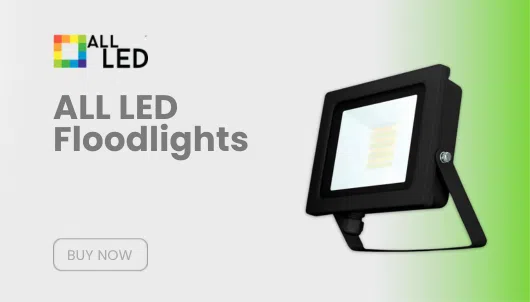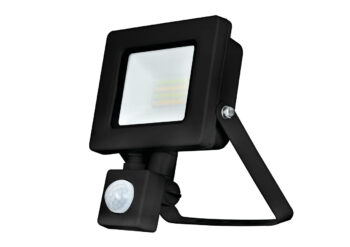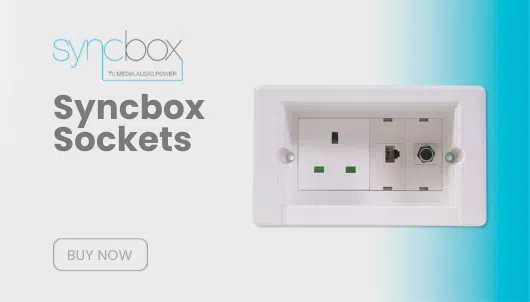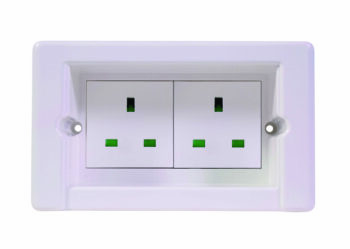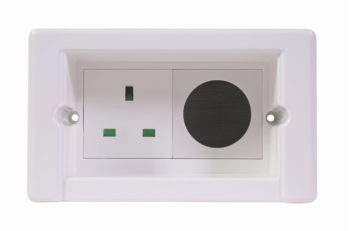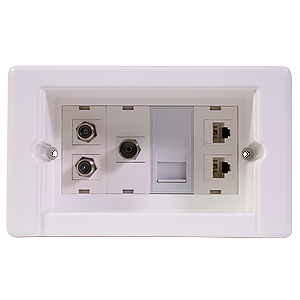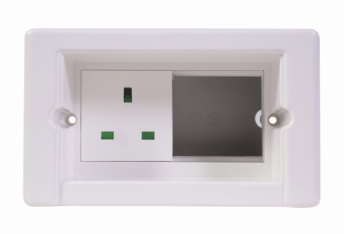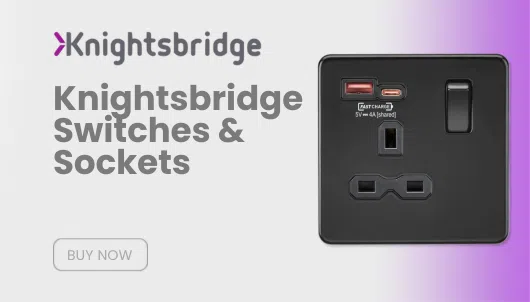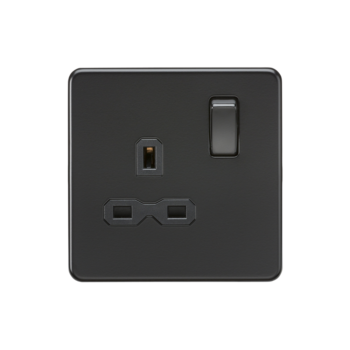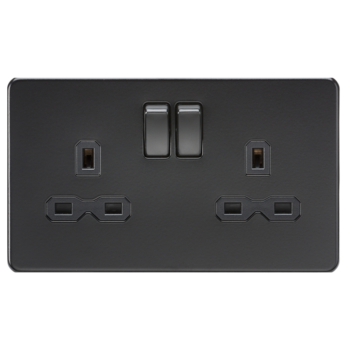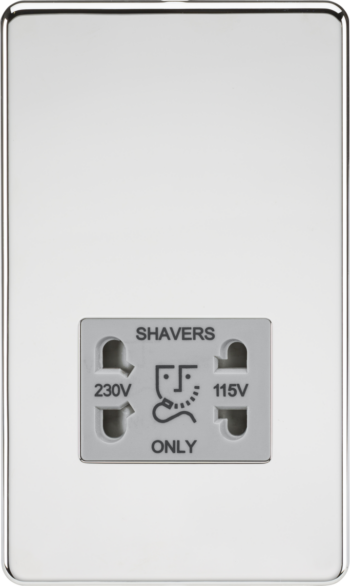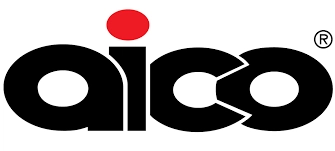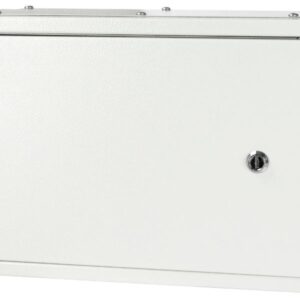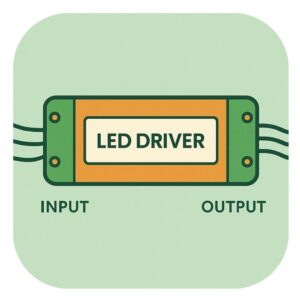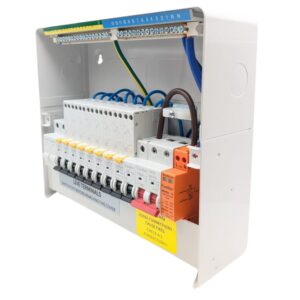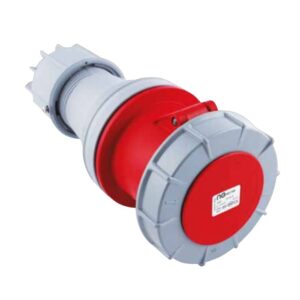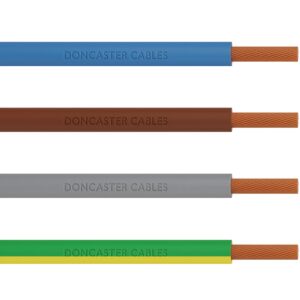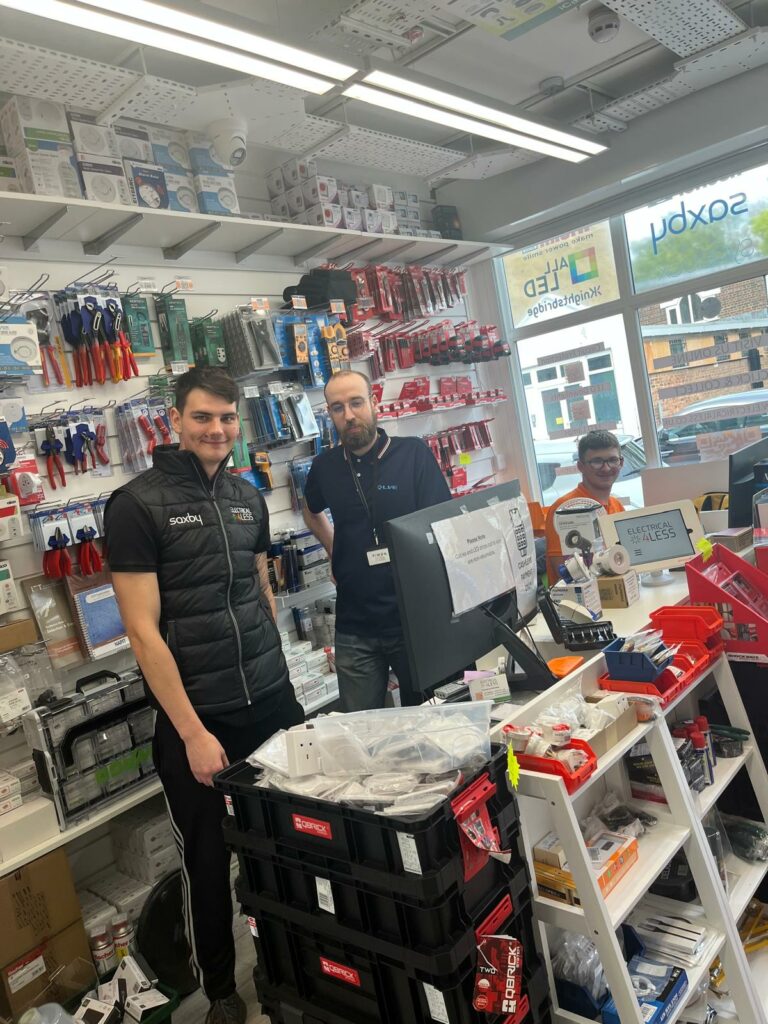Bi-directional RCBOs
Residual Current Breaker with Overcurrent (RCBO) devices are essential for modern electrical safety, but in recent years, a new term has gained traction — Bidirectional RCBOs. As renewable energy sources like solar panels (PV systems) become more prevalent, understanding how Bidirectional RCBOs differ from traditional versions has become increasingly important.
In this FAQ guide, we will answer the most common questions about Bidirectional RCBOs — what they are, how they work, and how they differ from standard (unidirectional) RCBOs. We’ll also cover their application in homes, businesses, and renewable energy systems like solar PV installations.
1. What are Bidirectional RCBOs?
A Bidirectional RCBO is a specialized version of a traditional RCBO that can detect residual currents (leakage currents) flowing in both directions. Unlike unidirectional RCBOs, which can only detect current leakage in one direction (typically from the supply to the load), a bidirectional RCBO can sense leakage currents flowing in either direction.
This capability is crucial in installations where electricity can flow in reverse, such as solar photovoltaic (PV) systems, battery storage systems, and EV chargers. These systems allow for energy export back to the grid, meaning current can flow in both directions.
Key Features of Bidirectional RCBOs
- Two-way protection: Senses residual currents flowing in both directions.
- Compliance: Required for use in PV systems and battery storage solutions.
- Enhanced safety: Ensures no leakage currents go undetected, regardless of the flow direction.
2. What is the Purpose of a Bidirectional RCBO?
The purpose of a Bidirectional RCBO is to provide enhanced electrical safety in circuits where current can flow in both directions. Traditional RCBOs are designed to detect leakage in only one direction — from the power supply to the load. However, in systems like solar PV, energy can also flow from the load back to the grid.
Why Does This Matter?
Without a bidirectional RCBO, residual currents coming from PV panels or battery storage systems would not be detected, leading to possible electric shock risks or fire hazards. By sensing leakage currents in both directions, they ensure complete protection for all parts of the system.
3. Is There a FuseBox Bidirectional RCBO?
Yes, FuseBox has released bidirectional RCBOs. FuseBox is a well-known manufacturer of electrical protection devices, and they have adapted their range to include bidirectional options to meet the growing demand for renewable energy solutions.
The introduction of FuseBox bidirectional RCBOs means you can now use FuseBox consumer units for PV systems, battery storage, and EV charging circuits while maintaining full protection from residual current leakage in either direction.
4. Is There a Live Electrical Bidirectional RCBO?
Yes, Live Electrical has a range of bidirectional RCBOs. Live Electrical is a respected manufacturer in the electrical industry, and they have embraced the shift towards modern renewable energy systems.
These RCBOs are designed for Live Electrical consumer units, allowing installers to protect circuits where energy flows in both directions, such as homes with solar panels or EV charging points. Live Electrical’s bidirectional RCBOs are engineered to meet current UK wiring regulations, including the 18th Edition of the IET Wiring Regulations (BS 7671).
5. What is a Unidirectional RCBO?
A Unidirectional RCBO is a standard version of an RCBO that only detects residual current leakage flowing in a single direction — from the power supply (incoming side) to the load (outgoing side). This has been the default approach for many years, as most circuits in traditional homes and commercial settings have power flowing in only one direction.
While sufficient for general-use circuits, unidirectional RCBOs are not suitable for renewable energy systems, battery storage, and EV chargers, where current can flow in both directions. This is why the introduction of Bidirectional RCBOs has become so important.
6. How Are Unidirectional RCBOs Marked?
Unidirectional RCBOs are typically marked with a symbol, arrow, or indicator on the body of the device. The marking shows the direction of current flow that the device is designed to protect against.
Common Markings Include:
- Arrow symbol: Indicates the flow direction, typically pointing from the supply side to the load side.
- Labeling on terminals: You may see “Line” and “Load” labels, designating where power should enter and exit the device.
This marking ensures that installers connect the device correctly. If connected the wrong way, the RCBO will not detect leakage currents properly.
7. Can Unidirectional RCBOs Be Used for Other Sources, Such as PV Systems?
No, unidirectional RCBOs are not suitable for PV systems. Solar PV systems allow electricity to flow from the solar inverter to the home (load) but also from the home back to the grid or to battery storage. This two-way flow of electricity requires a Bidirectional RCBO to ensure residual current protection in both directions.
8. Are FuseBox RCBOs Bidirectional?
Not all FuseBox RCBOs are bidirectional. However, FuseBox now offers a range of bidirectional RCBOs designed to meet the demands of modern installations involving renewable energy and EV charging. Be sure to check the product specifications, as FuseBox produces both unidirectional and bidirectional RCBOs. If you need a bidirectional RCBO, look for specific mentions of this capability in the product description or markings.
9. What’s the Difference Between Type A and Type B RCBO?
Type A RCBO and Type B RCBO differ in their ability to detect the type of residual currents.
- Type A RCBO: Detects residual currents that are sinusoidal AC (like Type AC) but also pulsed DC currents. It is suitable for standard household circuits and is required for appliances with electronics, such as washing machines or EV chargers.
- Type B RCBO: Detects all types of residual currents, including AC, pulsed DC, and smooth DC leakage. Type B is often required in commercial and industrial settings where variable speed drives, inverters, and renewable energy systems are present.
When it comes to bidirectional RCBOs, they are often built to be Type A, as these are suitable for the majority of modern domestic and commercial installations. However, Type B bidirectional RCBOs may be required for larger commercial or industrial projects involving complex equipment.
10. How to Tell if an RCD is Bidirectional?
To identify if an RCD (Residual Current Device) is bidirectional, you should check the following:
- Check the manufacturer’s label: If it states “bidirectional” or “suitable for PV systems”, then it is likely to be bidirectional.
- Look for a double arrow symbol: This symbol, representing flow in two directions, may be present on the device casing.
- Read the technical specifications: Many manufacturers, such as FuseBox and Live Electrical, will explicitly mention if their RCBOs are bidirectional.
- Look for the “Test” button: Some devices may use this as a marker for testing the device’s response to leakage in both directions.
If you are still unsure, refer to the product’s data sheet or consult the manufacturer’s guidelines.
Conclusion
The rise of renewable energy, battery storage, and EV charging has led to a demand for Bidirectional RCBOs. These devices protect electrical systems from leakage currents in both directions, a necessity for installations where energy can flow back into the grid. Unlike traditional unidirectional RCBOs, bidirectional versions offer superior protection and compliance with the latest 18th Edition Wiring Regulations.
Brands like FuseBox and Live Electrical now produce bidirectional RCBOs to meet these demands. If you are working with solar panels, battery systems, or EV charging points, choosing a bidirectional RCBO is not just a recommendation — it’s a requirement for safety and compliance.
By understanding the difference between unidirectional and bidirectional RCBOs, you can ensure your system is fully protected, future-proof, and compliant with current regulations.
If you’re looking to purchase Bidirectional RCBOs from trusted manufacturers like FuseBox and Live Electrical, visit Electrical4Less. They stock a wide range of consumer units, RCBOs, and everything you need for modern, energy-efficient electrical systems.

